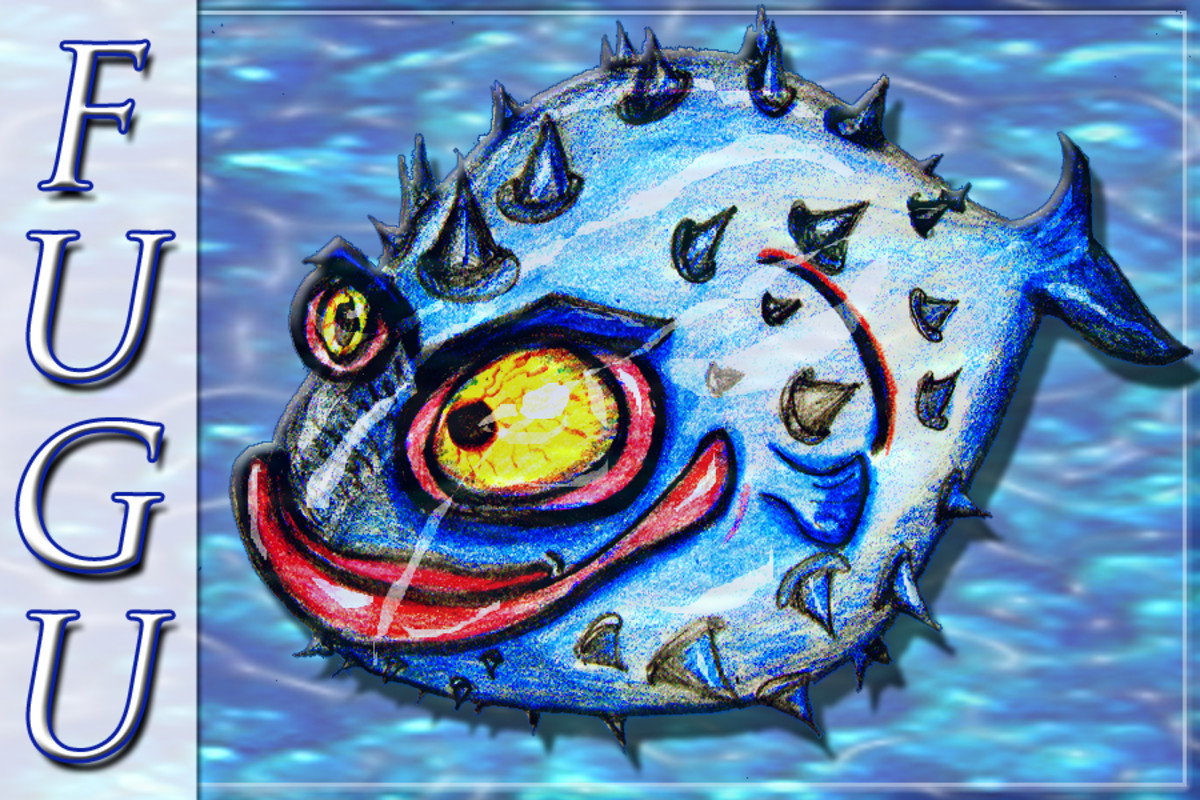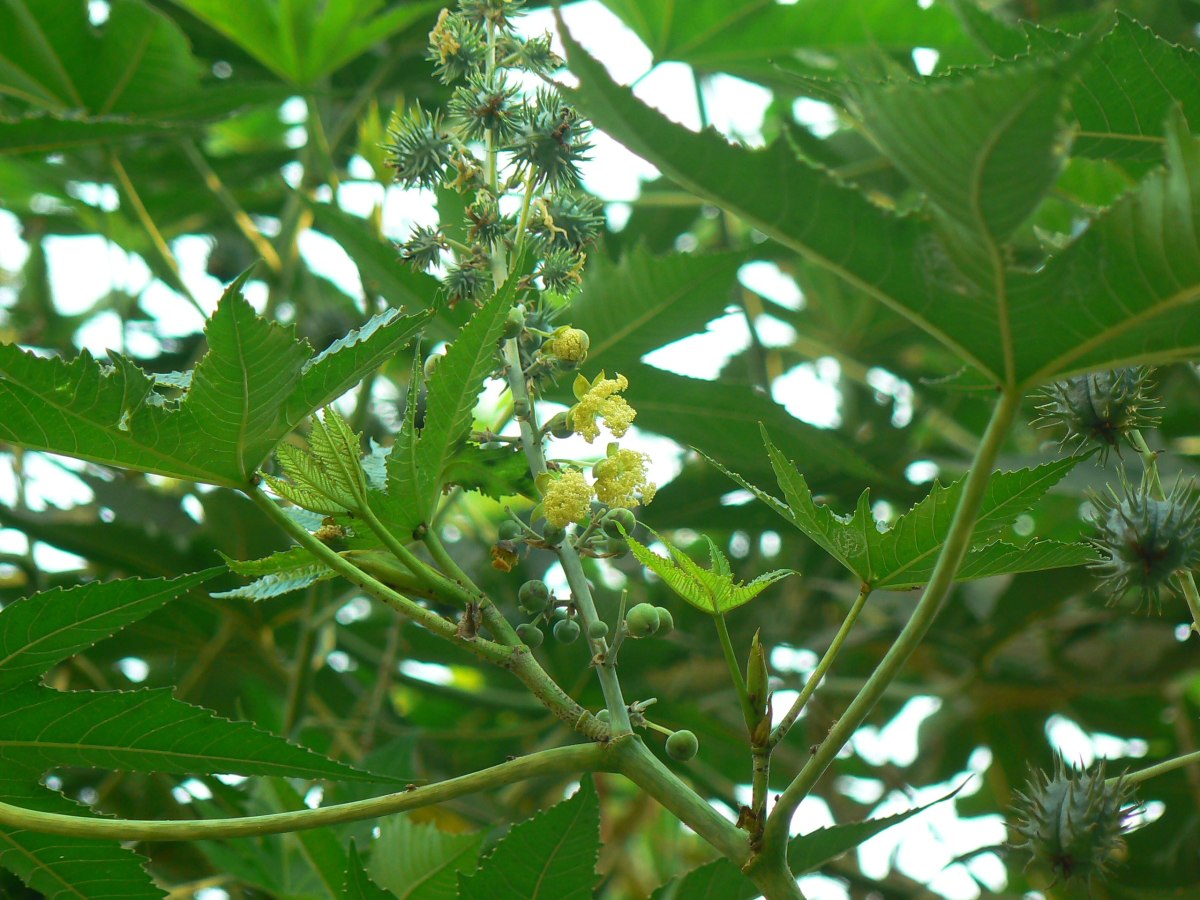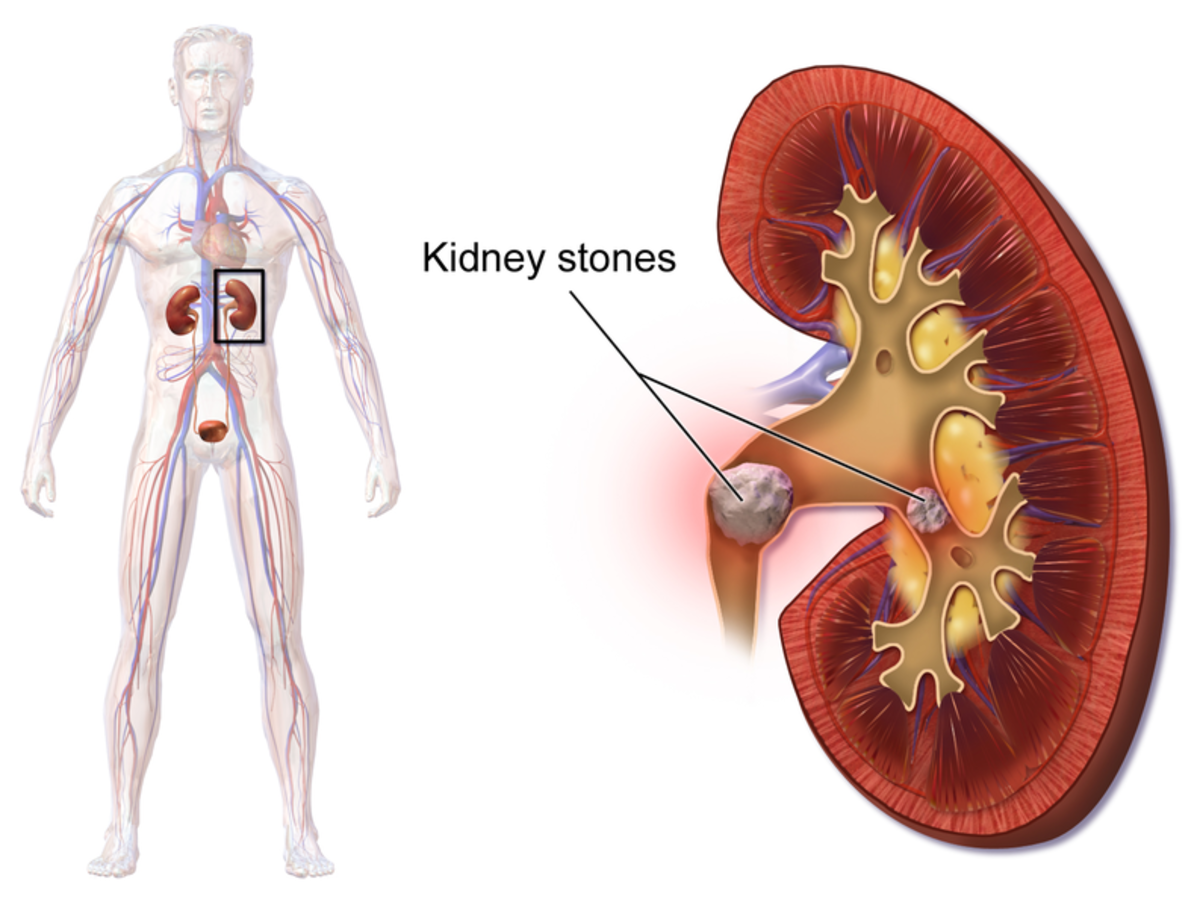The Most Deadly Poisons in the World
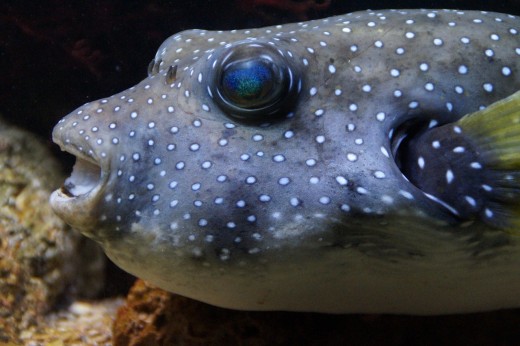
Tetrodotoxin
Tetrodotoxin is a very potent neurotoxin which acts on the nervous system and destroys them. It is commonly present in aquatic life like ocean sunfish, triggerfish, and pufferfish. It blocks the transmission of nerve signals by binding to the voltage-gated sodium channels in the nerve cell membranes.
Although Tetrodotoxin is considered to be one of the most poisonous substances in nature, many people willingly eat pufferfish. Pufferfish of fugu is considered to be a delicacy in Japan. Many people die annually due to pufferfish poisoning as there is no known antidote to it. Symptoms include nausea, vomiting, paralysis, loss of consciousness leading to death.

Batrachotoxin
Batrachotoxin is a cardiotoxin and neurotoxin. It causes muscle damage and weakens the heart making it inefficient. It is an extremely poisonous alkaloid present in the skin of certain frogs. These poison-dart frogs do not produce themselves but obtain them from eating Coresine beetles which contain high concentrations of this poison.
Since the frogs have obtained immunity for this poison, they remain unaffected. However, the poison is deadly for humans. There is currently no known antidote for this poison. Symptoms include paralysis, muscle contractions, difficulty in breathing and cardiac failure.

Cyanide
There are various forms of Cyanide and most of them are highly toxic. Cyanide is an inhibitor of the enzyme cytochrome c oxidase which prevents cells from producing ATP for energy. The central nervous system and heart are heavily affected. Cyanide is present in cigarette smoke, insecticides, and pesticides.
Symptoms of cyanide poisoning include dizziness, headache, rapid breathing convulsions and respiratory failure leading to death. Survivors of cyanide poisoning may experience permanent heart, brain and nerve damage. Cyanide salts are sometimes used as suicide devices.
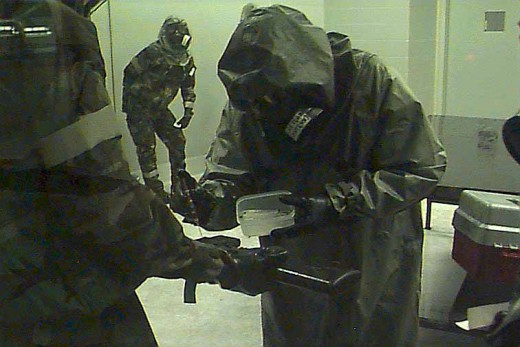
Nerve Gas
Nerve gases are organic chemicals which disrupt the transmission of messages to organs. Nerve agents are usually colorless and tasteless liquids that evaporate as gases. Nerve gases were used as chemical weapons on humans due to their deadly nature. Sarin and VX are a few examples of nerve gases.
Symptoms of nerve gas poisoning can be observed moments after exposure. Asphixiation and cardiac arrest may happen within seconds. Symptoms include profuse salivation, convulsions, and involuntary urination and defecation. Although there are some antidotes to cure the victims, they may be incapacitated for days.

Arsenic
Arsenic occurs in minerals, usually in combination with sulfur and metals. Arsenic may also be present in groundwater. If a significant amount of arsenic is consumed, it may result in serious health problems like cancer, liver diseases, coma, and death. In the Vietnam war, the US used arsenic as one of the rainbow herbicides to prevent the Vietnamese from getting foliage cover and rice.
Arsenic can pose serious health problems if not treated. Symptoms of Arsenic poisoning include drowsiness, confusion, severe diarrhea, and headaches. It is even said that Napoleon Bonaparte who died in the island of Helena succumbed to arsenic poisoning.

Dioxin
Dioxins are environmental pollutants. They are present throughout the world in our environment and accumulate in the food chain. Dioxins cause reproductive developmental problems. Although it is present everywhere, they do not pose a serious threat to humans. But due to their high toxicity, efforts need to be taken to control exposure.
Dioxins are persistent organic pollutants. Short-term exposure can result in skin lesions, darkening of skin and altered liver functions. Long-term exposure can affect the immune system, endocrine system, and reproductive system.
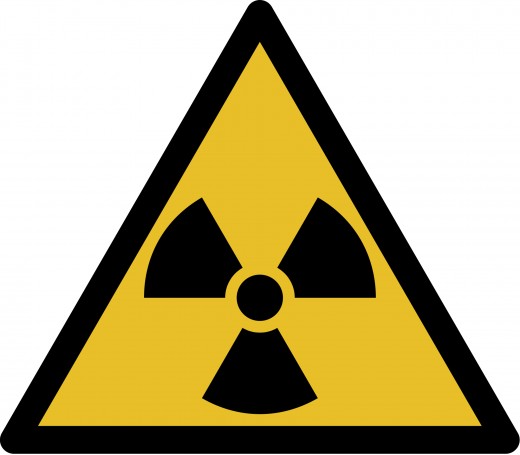
Polonium
Polonium is a rare and highly radioactive metal. This was discovered by Marie Curie in the late 19th century. If Polonium enters the body through inhalation, swallowing or broken skin, the results will be fatal. It is one of the deadliest toxins in the world and is 250 billion times more toxic than hydrogen cyanide!
It is said that one gram of Polonium is enough to kill 50 million people. Although it is very deadly, it is very hard to obtain. Polonium is a carcinogen and causes lung cancer. When ingested it spreads throughout the body and causes “cell suicide” preventing them from reproducing. Symptoms include hair loss, nausea, vomiting, diarrhea and damage to bone marrow.

Ricin
Ricin is a poison naturally found in castor beans. If you chew and swallow the castor beans, the released Ricin can cause harm. Ricin is found in the waste left behind after processing castor beans. It is highly unlikely that Ricin poisoning could occur naturally. It would have to be deliberately weaponized to make it into a deadly poison.
Ricin prevents the cells from making the proteins it needs. Without the proteins, the cells die. This might eventually lead to death. Ricin could be inhaled, ingested or injected. Symptoms may include tightness of chest, cough, diarrhea, vomiting, redness, and pain in the eyes and skin.

Strychnine
Strychnine is a white, odorless, bitter crystalline powder which can be taken by mouth, inhaled or injected into the body. Even a small dose of Strychnine can lead to severe health effects including death. Strychnine is commonly used as a pesticide to kill rats. A person could be infected by drinking contaminated water or food.
Strychnine prevents the normal operation of the chemical which is used to control the nerve signals to the muscles. If this happens, the muscles throughout the body experience extreme and painful spasms. The person will be still conscious and able to think but the muscles tire out and he will not be able to breathe. Agitation, fear, restlessness, rigid arms and legs, jaw tightness are some of the symptoms of Strychnine poisoning.

Carbon Monoxide
Carbon monoxide (CO) is a colorless odorless gas that can kill you. It is emitted by the fuel that burns in cars, trucks, fireplaces, and stoves. It can accumulate indoors and poison the people if not properly ventilated. The rise in levels of carbon monoxide is one of the most pressing issues in our world. With a steady increase in the level of pollution, the amount of CO has increased drastically.
An average of 430 deaths occur every year in the US alone due to carbon monoxide poisoning. Infants and elderly people are more vulnerable to CO poisoning. Symptoms include dizziness, tiredness, and confusion, stomach ache, shortness of breath and difficulty in breathing. Although carbon monoxide is not as deadly as the other toxins in this list, we are more likely to get exposed to CO poisoning due to the amount of CO present everywhere.
© 2019 Random Thoughts




